Introduction to integrated farming system: Integrated farming means combining crop production with livestock management that complement each other in a way that is a well-symbiotic relationship that is currently economically viable and profitable, environmentally friendly, and benefiting from the diversity of production. In the integrated farming system, agriculture can be integrated with livestock, poultry, and fish are kept in one place to create year-round employment and additional income.
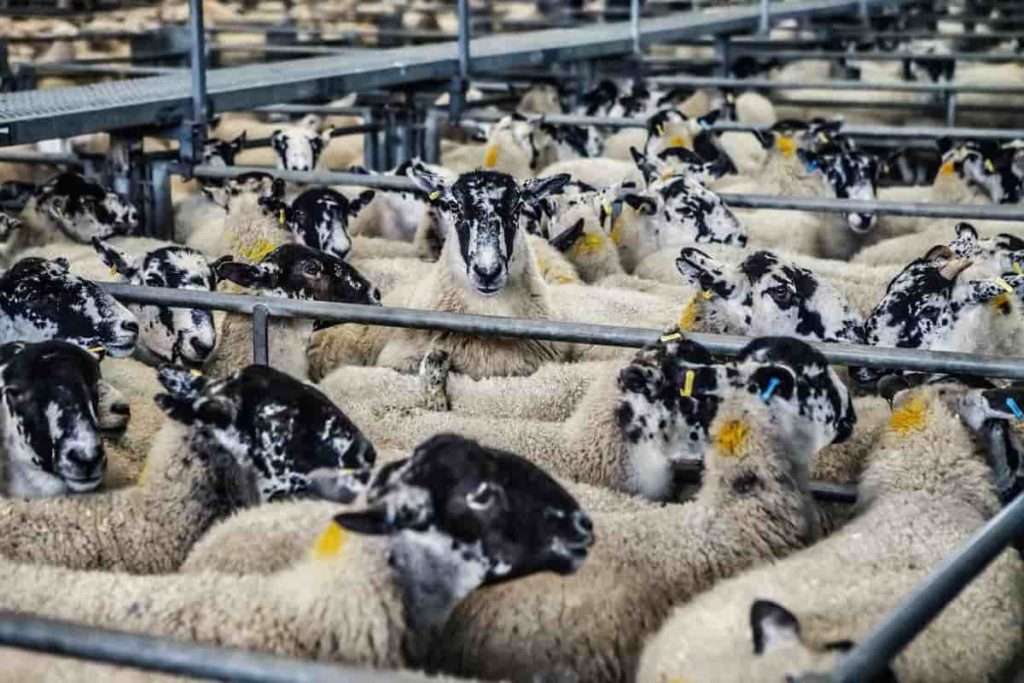
For example, keep poultry in the top layer and use their excreta. Pigs live in the lower layers, and the remaining water from the pond is used for agriculture and fodder crops. We can see in many villages that coconut groves are connected with fodder and allow cattle and native chickens to graze in the pastures. The emissions can be recycled as fertilizer for orchards as well as fodder crops, called integrated farming.
It refers to an agricultural system that integrates the production of livestock and crops. In addition, the system will help poor small farmers, who have very little land to grow crops and diversify their crop production, increase cash income, improve the quality and quantity of productive food and it will help in the exploitation of unutilized resources.
Aim – It is a combination of different agricultural activities in a unit area of land aimed at;
- Maximum return from unit area
- Maintaining soil status and fertility
- Ensuring supplementary and complementary enterprise relationships to use the by-products of one component of the farming system as inputs to the other
- To reduce environmental pollution.
Elements of integrated farming system
- Farm Ponds
- Biological Pesticides
- Biogas
- Bio-fertilizers
- Solar Energy
- Vermicompost making
- Green manuring
- Rainwater harvesting
- Watershed management
In case you miss this: Solar Power Fencing for Crop Protection, Design, Installation, and Advantages
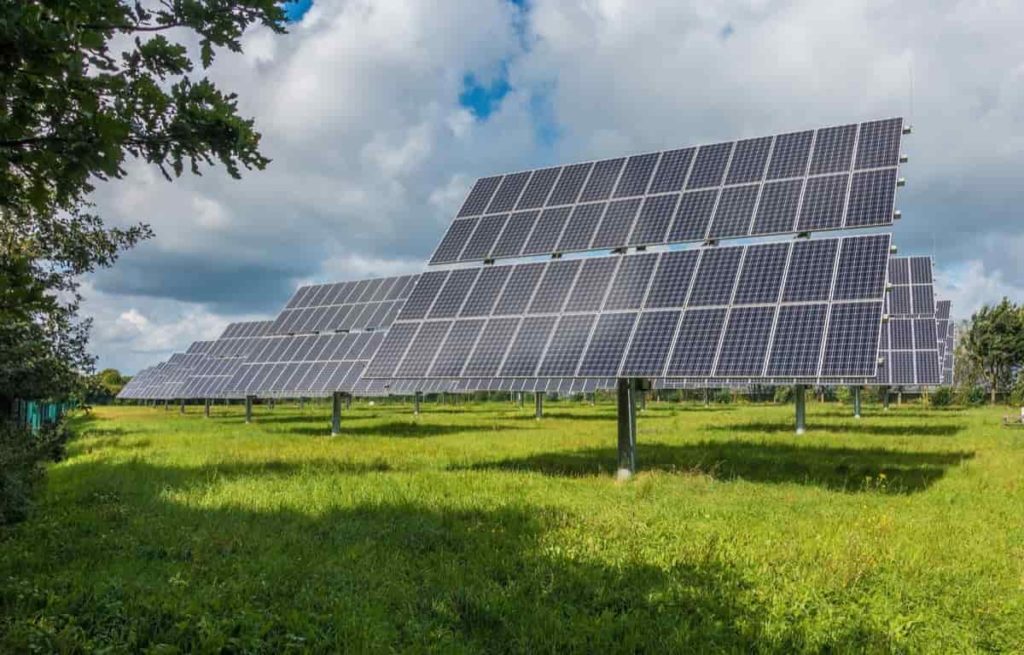
Basic principle
Integrated farming system when agriculture was done jointly with livestock, land, water, and plants were fully utilized. An integrated farming system is a commonly used term to describe a more integrated approach to farming than one-way farming methods. This refers to agricultural systems that coordinate the production of livestock and crops, or fish and livestock, and are sometimes referred to as integrated biosystems.
In this system, an interconnected set of enterprises is used to input “waste” from one component to another part of the system. This reduces costs and improves productivity and/or income. Because it uses waste as a resource, farmers not only eliminate waste but also ensure an overall increase in the productivity of the entire farming system.
New integrated methods include improved farming technologies such as integrated nutrient management, site-specific nutrient management, conservation technology, use of biofertilizers, crop rotation, zero tillage, and the use of agricultural systems which help farmers track their activities to production capacity and profitability of farms as well as entire farms.
The basic principle for an integrated farming system is to enhance ecological diversity:
- By selecting the appropriate crop method with crop rotation, crop mixing, and intercropping so that there is less competition for water, nutrition, and space and adopting environmentally friendly methods.
- By using a multi-story layout so that the total available area can be used effectively and has a high level of interaction between biological and abiotic components.
Factors determining the implementation of IFS
- Soil and climate feature of selected areas.
- Availability of resources and land labor.
- The current level of resource use.
- Economics of the proposed integrated farming.
- Farmer’s management skills.
Essential of integrated farming system
In areas where there is one crop per year, areas with low irrigation and low rainfall, Agriculture practiced with animal husbandry not only provides additional income and employment opportunities to the family members throughout the year and also livestock excreta utilized as manures lowered the cost of fertilizers. Additional yields from crops
Soil fertility was protected. Crop residues used as fodder for livestock will reduce the cost of feed. In this way, combining agriculture with fodder and Azolla production, we will get more benefits from raising livestock. In our country, more than 80% of the farmers who have less than one hectare or less than one hectare of land like small and marginal farmers.
In case you miss this: Simple Techniques to Increase the Maize Yield for Higher Profits
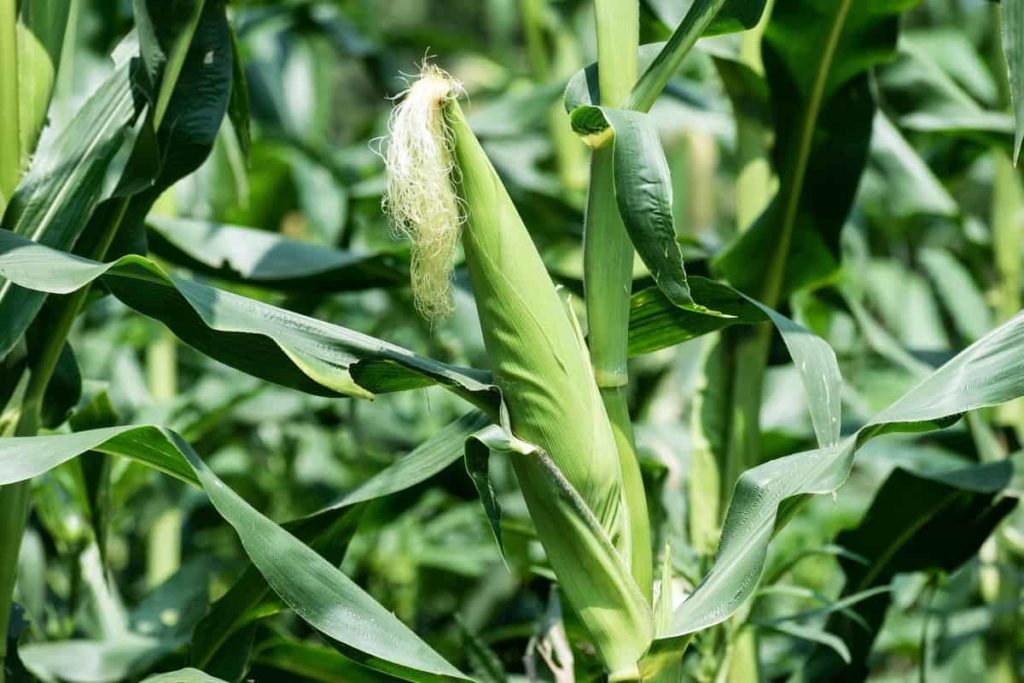
Therefore, small and marginal farmers can feed some parts of their land with fodder like millet, maize, and fodder grass-like Co-4 and guinea grass and legumes like Pillepesara and Stylo were fed to animals. Small farmers owning one hectare of land with modern technology can allocate 0.8 hectares of land for agriculture and 0.2 hectares of land for fodder production and if crop rotation is followed then there is more profit from agriculture, milk, and meat. So, it makes to earn more.
Advantages of an integrated farming system
- The integrated farming systems approach introduces changes in farming techniques for maximum productivity in crop samples and maximizes resource utilization.
- Ensures field waste is recycled in an integrated system for production purposes. A reasonable combination of agribusinesses such as dairy, poultry, pig, fisheries, silk farming, etc., can bring prosperity in agricultural activities according to the given agro-climatic conditions and socio-economic status of the farmers.
- Increasing crop production to supply the exploding population of our country. Increase farm income due to proper use and recycling of residues and by-products.
- Environmental pollution can be reduced by effective recycling of animal waste such as dairy, pig, poultry, etc. Reduction in input costs through recycling of related activities by-products.
- Integrated farming can generate a steady income through products such as eggs, meat, milk, vegetables, silkworms, and cocoons. Cultivation of fodder crops such as intercropping and border cropping will result in the availability of nutritious fodder for animals.
In case you miss this: Egg Poultry Farming – Starting a Layer Poultry
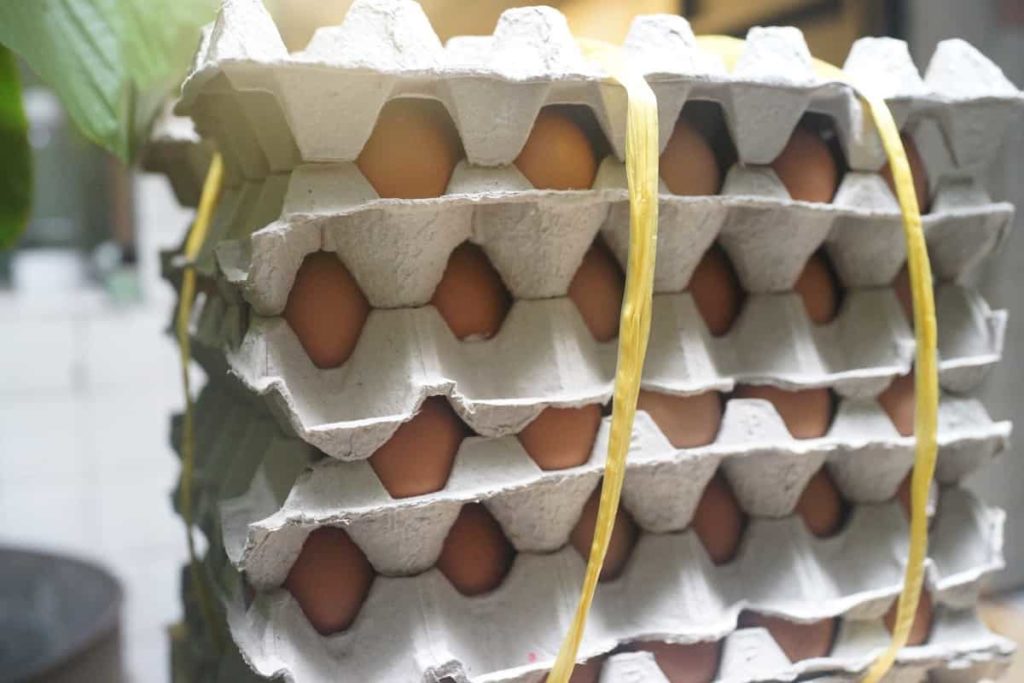
- Energy-saving – The IFS system effectively reduces the additional dependence on fossil fuels as a source of energy by providing alternative fuel sources as by-products of various enterprises. Example of biogas.
- Meeting the fodder crisis – Perennial legume fodder trees can be grown within the boundaries of the farm. These bean trees not only fix nitrogen for the field but also provide quality fodder for the animals.
- Solving the Fuel and Timber Crisis – Fuel and industrial wood production is achieved through IFS. It also reduces deforestation and helps protect the natural ecosystem.
- Employment Generation – The combination of agricultural and livestock enterprises will increase the demand for labor and increase employment opportunities.
- Agro-industries – The high production of agro-products in IFS also greatly contributes to the growth of agro-industries and agribusiness in the country.
- Increased input efficiency – Input efficiency in this farming system has increased significantly as dependence on external inputs such as fertilizers, food, agrochemicals, and energy has decreased.
- Yearly income – Due to the variety of businesses in IFS, the farmer earns year-round income. It has a positive effect on farmers’ lifestyle components such as food, shelter, health, and education.
- The improved production system is one of the most important benefits of integrated farming. An increase in productivity means that economic yield per unit area per unit increases over time due to the intensity of crops and allied farming enterprises.
- As productivity increases, so does the profit margin. This is because we are using the waste material or by-product of one enterprise as input to another farming enterprise.
- Adopting new technology is one of the major benefits of an integrated farming system. This is because money is needed to adopt the technology. Large farmers have finances so they can easily adopt it. However, small farmers generally face financial constraints. But because of the integrated farming system, they have the opportunity to increase their profits from farming and adapt to new technologies.
Integrated farming system models
Integrated farming can have many variants that can be used according to the environmental conditions of the place. This may include combinations such as;
Fish and livestock integrated system
An example of integrated farming is the cultivation of fish and livestock as well as common farming methods that support each other. Fish can be fed from farm residues such as leaves, stalks, or other waste products. In addition, plankton, which is a major food source for fish, can be grown using livestock manure that grows around fish farms. Near fish farms, silk warms can also be increased (i.e., sericulture).
The silkworm can then be used to feed pupae and other waste fish. In turn, fish pond silt provides excellent manure and fertilizer for land crops and is highly demanded by farmers. Thus, integrated farming has a multicultural approach that is environmentally friendly and provides economic means for sustainable development.
Fish-duck integrated farming
Raising ducks on fish ponds fits well with the fish culture system, as ducks are highly compatible with farmed fish. This system is beneficial to farmers in many ways. When the free range is provided at the surface of the pond, the ducks fertilize the pond with their droppings. Ducks have been termed as manuring machines because of their efficient method of making pond manure. Culture makes up 60% of the total cost.
Ducks keep aquatic plants in check and ducks loosen the bottom of the pond with their shells and help in expelling soil nutrients which increases the pond productivity. Ducks acerate the water while swimming; thus, they have been biological aerators. Duck houses are built on the edge of the pond. Therefore, no additional land is required for duck activities. Ducks get most of their food needs from ponds in the form of aquatic grasses, insects, larvae, earthworms, etc. They need very little food, and farmers usually provide kitchen waste, molasses, and rice bran for this purpose.
Cattle-fish integrated farming
It has excellent nutritional value in washing cattle sheds, urine as well as cattle sheds. The waste cattle fodder can also be used as fish fodder. Cattle sheds can be built on the wide embankment of the fish pond, so waste and washing are drained directly into the fish pond. 5-to 6 cattle will suffice for a 1.0-hectare pond.
Integrated fish farming with agriculture
Fish Farming-cum-horticulture Farming – Generally, a family of 4-5 members needs about 200 m2 of land to meet their daily fruit needs. Typically, fish pond embankments cover an area of more than 200 m2. The ponds cover 25 to 33% of the cultivated area.
Fish farming with vegetable farming
It typically takes up 200 square meters of land. Kitchen gardening is required and fish pond embankments provide more area. Two vegetable crops can be grown in a year. Vegetables that are considered ideal for growing on the backs of ponds include Bitter Gourd, Okra, Bitter Gourd, Eggplant, Beans, Cucumber, French Beans, Pumpkin, Tomato, Cauliflower, Cauliflower, Peas, Spinach, etc.
In case you miss this: Top 50 Fish Farming Tips, Ideas, and Techniques
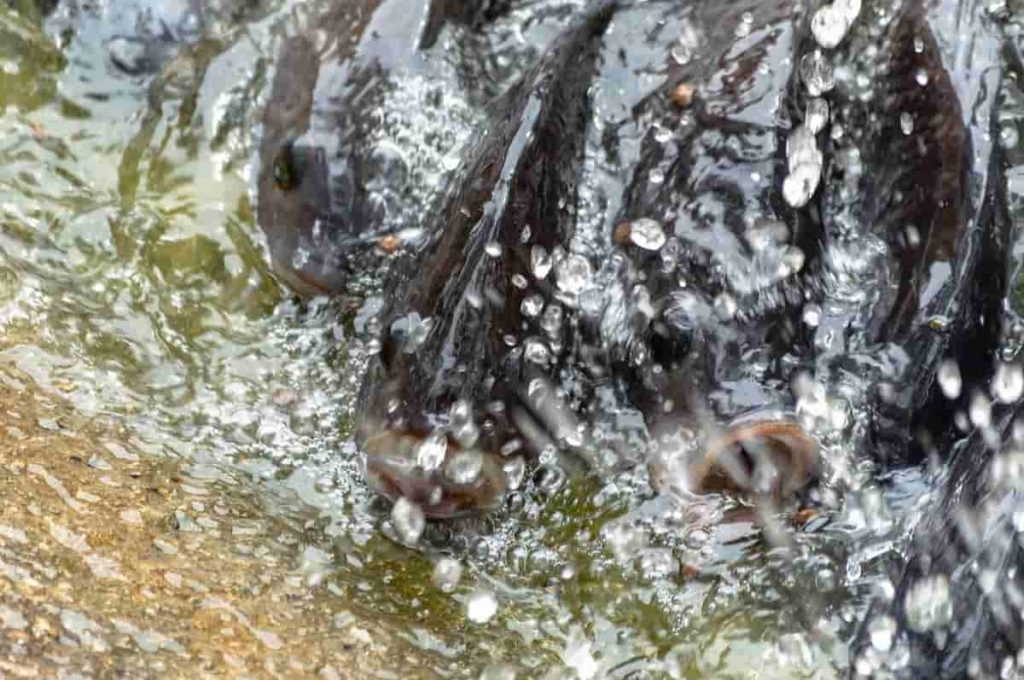
Integrated fish farming with rabbit farming
In the rabbit-fish integration, the rabbit house is built with embankments so that waste and washing can be poured directly into the pond. The excreta provided by 300-400 rabbits is sufficient to fertilize 1.0 hectares of the pond. Fish production from 3500 to 4000 kg is obtained by stocking 15000 fingers per hectare per year.
Integrated fish with pig farming
It has developed a scientifically accurate and economically viable production system for Indian conditions that integrates pig farming with fish culture. Pig stalls are made on or near the back of the pond and pig manure is drained directly into the pond or taken from the animal house and placed in the pond. Pig dung acts as the best fertilizer for the pond and increases the biological production of pond water and consequently fish production.
In addition, fish eat directly from pig excreta, which is 70% digestible food for fish. This system does not require extra fish feed or pond manure. Expenditure on fish culture has been significantly reduced as pig emissions serve as an alternative to fish feed and pond manure, accounting for 60% of the input costs in fish culture.
Components of integrated farming system
It can be divided into some categories, like;
- A: Crop – Cereals, Pulses, Oilseeds, Fruits, Vegetables, Spices, Planting Crops, Flowers, Fodder / Forage Crops, Agricultural Forests, Sugarcane, Fiber Crops
- B: Livestock and Poultry – Cows, Buffaloes, Pigs, Goat, Sheep, Poultry, Duck
- C: Fishery – Fingerling Production, Composite Fish Culture, Paddy cum Fish Culture
- D: Secondary Agriculture – Bee Cultivation, Mushroom Cultivation, Food Processing, Vermicomposting, Biogas Production, Azolla Cultivation, Silk Cultivation
In case you miss this: How To Start Beekeeping For Beginners
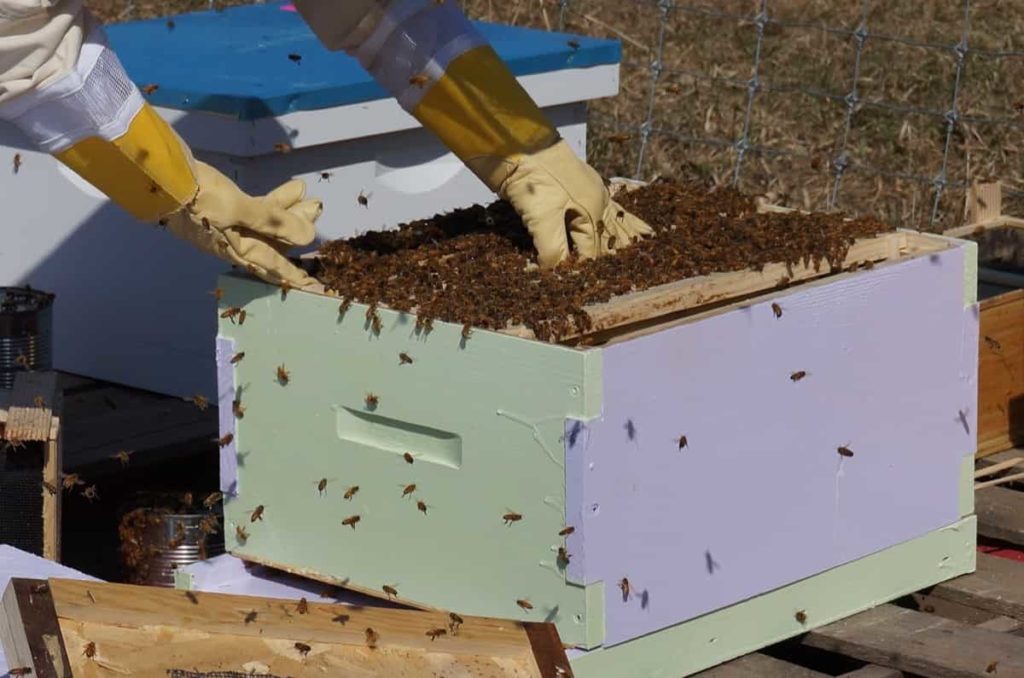
It is possible to develop an integrated farming system by integrating the above four components (A + B, A + C, B + C, A + D, B + D, C + D, A + B + C, A + B + D, B + C + D, A + C + D, A + B + C + D).
Agricultural approach to increase overall productivity and sustainability of IFS
- Adopting a better cropping system based on rainfall and soil moisture availability,
- Selection of suitable varieties of cereal crops, Species of trees that provide pods/leaves for a long period or the whole year.
- In the rainy season extra fodder leaves, crop residues, etc., should be stored as silage/grass for the lean season (summer).
Limitations of integrated farming system
- Lack of awareness about the sustainable farming system.
- Unavailability of various farming system models.
- Lack of easy and reasonable interest rate credit facilities.
- Unavailability of certain marketing facilities, especially for perishable products.
- Lack of storage facilities.
- Lack of timely availability of input.
- Lack of education/knowledge in farming communities especially rural youth.
Download integrated farming system PDF
Click on the Download button below to download the integrated farming system pdf. You need to have a PDF reader installed on your smartphone to view the downloaded PDF file. In case you are not able to view the file, download any PDF reader app from Google Play Store or App Store.
- Types of Pesticides Used in Agriculture: A Beginner’s Guide
- Economical Aquaculture: A Guide to Low-Budget Fish Farming
- 15 Common Planting Errors That Can Doom Your Fruit Trees
- How to Make Houseplants Bushy: Effective Tips and Ideas
- Innovative Strategies for Boosting Coconut Pollination and Yield
- Pollination Strategies for Maximum Pumpkin Yield
- The Complete Guide to Chicken Fattening: Strategies for Maximum Growth
- Natural Solutions for Tulip Problems: 100% Effective Remedies for Leaf and Bulb-Related Issues
- Revolutionizing Citrus Preservation: Towards a Healthier, Greener Future
- Natural Solutions for Peony Leaf and Flower Problems: 100% Effective Remedies
- Maximizing Profits with Avocado Contract Farming in India: A Comprehensive Guide
- Natural Solutions for Hydrangea Problems: 100% Effective Remedies for Leaf and Flowers
- The Ultimate Guide to Choosing the Perfect Foliage Friend: Bringing Life Indoors
- From Sunlight to Sustainability: 15 Ways to Use Solar Technology in Agriculture
- The Ultimate Guide to Dong Tao Chicken: Exploring from History to Raising
- The Eco-Friendly Makeover: How to Convert Your Unused Swimming Pool into a Fish Pond
- Mastering the Art of Delaware Chicken Farming: Essentials for Healthy Backyard Flocks
- 20 Best Homemade Fertilizers for Money Plant: DIY Recipes and Application Methods
- How to Craft a Comprehensive Free-Range Chicken Farming Business Plan
- Brighten Your Flock: Raising Easter Egger Chickens for Beauty and Bounty
- How to Optimize Your Poultry Egg Farm Business Plan with These Strategies
- Subsidy for Spirulina Cultivation: How Indian Government Schemes Encouraging Spirulina Farmers
- Ultimate Guide to Raising Dominique Chickens: Breeding, Feeding, Egg-Production, and Care
- Mastering the Art of Raising Jersey Giant Chickens: Care, Feeding, and More
- Ultimate Guide to Raising Legbar Chickens: Breeding, Farming Practices, Diet, Egg-Production
- How to Raise Welsummer Chickens: A Comprehensive Guide for Beginners
- How to Protect Indoor Plants in Winter: A Comprehensive Guide
- Ultimate Guide to Grow Bag Gardening: Tips, Tricks, and Planting Ideas for Urban Gardeners
- Guide to Lotus Cultivation: How to Propagate, Plant, Grow, Care, Cost, and Profit
- Agriculture Drone Subsidy Scheme: Government Kisan Subsidy, License, and How to Apply Online
- Ultimate Guide to Raising Araucana Chickens: Breed Profile, Farming Economics, Diet, and Care
- Bringing Hydroponics to Classroom: Importance, Benefits of Learning for School Students
- Ultimate Guide to Raising Polish Chickens: Breed Profile, Farming Economics, Diet, and Care
- Ultimate Guide to Raising Australorp Chickens: Profile, Farming Economics, Egg Production, Diet, and Care
- Silkie Chicken Farming: Raising Practices, Varieties, Egg Production, Diet, and Care
- Sussex Chicken Farming: Raising Practices, Varieties, Egg Production, Diet and Care
i would like to start a integrated farming system in my 1/2 acre farm land…any persons to advice and maintain..